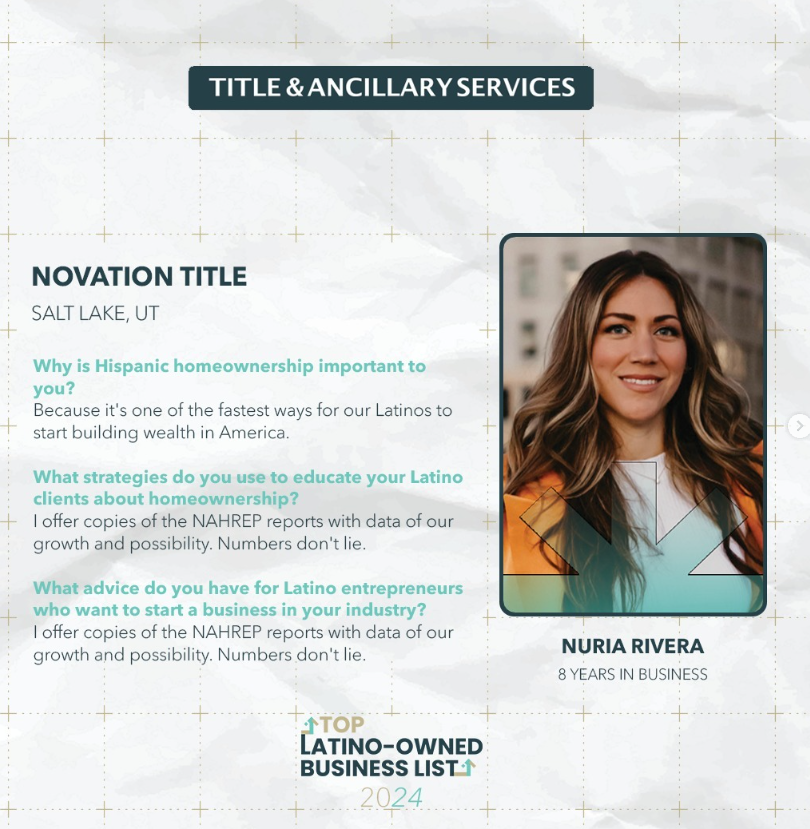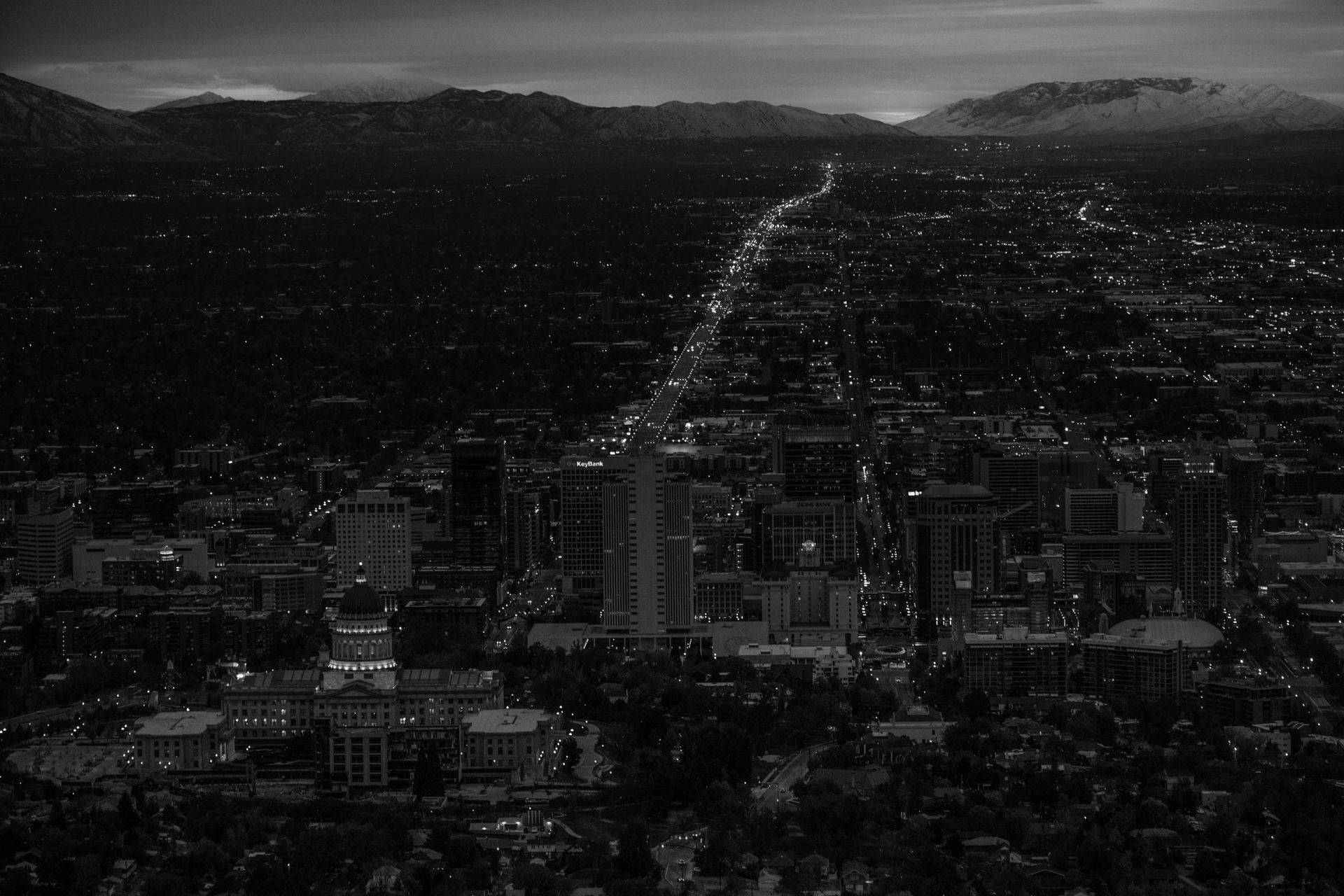DD Web • July 12, 2018
Match Day: How 2026 FIFA World Cup Could Affect Utah Real Estate
With World Cup 2018 drawing closer to a close, anticipation is reaching fever pitch as soccer fans across the world prepare for the final match on Sunday — will France rise as victoire or will Croatia bring home their 1st ever Cup? [UPDATE: Congratulations, France!]
The excitement and energy is already getting us looking 8 years ahead to 2026 and cheering on Team USA. By now you’ve heard the good news — the World Cup is coming to the United States again! North America—the United States, Canada, and Mexico—won the ‘United Bid’ to host the FIFA World Cup in 2026.
The 17 potential host cities in the US, (including San Francisco, Los Angeles, Denver, Miami, and Boston) will be cut down to just 10 and feature a total of 80 matches, with 10 played in Canada, 10 in Mexico and 60 in the United States. While initially announced as a possible host city, Salt Lake City did not make the list of final U.S. bid cities (which specifically included the University of Utah’s Rice-Eccles Stadium) due to the venue size.
While we may not have any goals scored on our home turf, many local sports luminaries are already predicting how World Cup 2026 could affect the Salt Lake economy and Utah real estate industry over the next 8 years.
After congratulating the successful United 2026 bid, Utah Sports Commission President/CEO Jeff Robbins highlighted the plethora of available world-class soccer-centric facilities already bustling in Utah, several of which remain under consideration in the United Bid book, with site decisions for games and other certified facilities anticipated to be awarded in 2020 or 2021.
“We look forward to working with the United team to further explore an opportunity for Utah to serve as one of the training sites to be used in 2026 with our partners Real Salt Lake,” said Robbins. “The Utah Sports Commission and the State of Utah are excited to play a part over the next eight years in preparation for what will be one of the most unforgettable events of this century.”
If awarded, it could mean a big disruption to the Utah real estate industry — and a significant growth driver across the region from which future generations will benefit ‘for decades to come.’ According to a U.S. ratings report on the 2018 World Cup’s impact on Russian economy, infrastructure, the creation of new jobs, a boost in tourism, a revenue increase in food, hotel, telecom and transport industries and upgraded airports supporting higher passenger flows will be impacted at national and local levels — not just in host cities.
The United 2026 Bid in North America is expected to generate more than $14 billion in revenue and $11 billion in profits for FIFA. In whatever capacity it serves, there’s a good chance Utah will feel an impact. With Salt Lake International Airport serving as a major hub, our state leading the nation as the fastest growing tech industry and world-class facilities in place to serve as training sites, we can brace ourselves for upcoming change. We’ve had some experience, though, serving as the host city to another major world sporting event before. We’ve got this!
What do you think? How do you foresee this event impacting our state?

At Novation Title, we take immense pride in being recognized on the 2024 Top Latino-Owned Business List ! As a Latino-owned company, we are passionate about empowering our community through homeownership—one of the fastest ways for Latinos to build generational wealth in America. Why Hispanic Homeownership Matters Homeownership is more than just buying property; it's about creating stability, financial security, and opportunities for future generations. We believe in providing the resources and education needed to help our Latino community navigate the path to homeownership with confidence. Educating & Supporting Latino Homebuyers Our team uses key insights from the NAHREP (National Association of Hispanic Real Estate Professionals) reports to share real data on Latino homeownership growth and opportunities. We know that numbers don’t lie , and we want to ensure that every aspiring homeowner and entrepreneur has access to the right information. Advice for Latino Entrepreneurs For those looking to start a business in the title and real estate industry, our advice is simple: educate yourself and lean on data. By understanding the numbers and trends, you can position yourself for long-term success. Thank you to our community and partners for trusting Novation Title. Together, we continue to break barriers and build wealth through homeownership!

At Novation Title, we take immense pride in being recognized on the 2024 Top Latino-Owned Business List ! As a Latino-owned company, we are passionate about empowering our community through homeownership—one of the fastest ways for Latinos to build generational wealth in America. Why Hispanic Homeownership Matters Homeownership is more than just buying property; it's about creating stability, financial security, and opportunities for future generations. We believe in providing the resources and education needed to help our Latino community navigate the path to homeownership with confidence. Educating & Supporting Latino Homebuyers Our team uses key insights from the NAHREP (National Association of Hispanic Real Estate Professionals) reports to share real data on Latino homeownership growth and opportunities. We know that numbers don’t lie , and we want to ensure that every aspiring homeowner and entrepreneur has access to the right information. Advice for Latino Entrepreneurs For those looking to start a business in the title and real estate industry, our advice is simple: educate yourself and lean on data. By understanding the numbers and trends, you can position yourself for long-term success. Thank you to our community and partners for trusting Novation Title. Together, we continue to break barriers and build wealth through homeownership!

Welcome, 2020! We made it through the first week of the New Year and are already excited for what’s to come in this brand new decade. Anything can happen, and we have so much to create! Whether you’re a fan of long-term resolutions or prefer setting smaller, short-term goals, it feels good to start the year off with a desire to change for the better. If you know us, you know our approach at Novation Title has always been goal-centric, not only within our business but in our personal lives and out in the community. In today’s world where we are constantly connected (and distracted), it’s no wonder that we increasingly find ourselves overwhelmed mentally and physically drained. Often, the issues in everyday life are the ones that prevent us from enjoying the very same everyday life! How can we balance this out? We believe we can do better. That is why we are introducing meditation into our workspace. While meditation has been practiced for over 5,000 years, it is increasingly becoming a necessary way for us to unplug from the modern world. But what, exactly, is it? Meditation is a practice where an individual uses a technique — such as mindfulness — to train attention and thoughts. Mindfulness is awareness, it is a state of peace. It is being in the present moment, intentional and serene. It is the process of being aware of your thoughts while also disconnecting from them so you can connect within. Connecting within is the highest form of intelligence and results in proven mental, emotional and spiritual health benefits. Here are just a few science-based benefits of meditation: Reduces blood pressure Increases serotonin production that improves mood and behavior Improves immune system Increase in energy levels Lessens stress and anxiety Increases happiness and creativity Clarity and peace of mind Increased memory retention and recall Enhances self-awareness and self-acceptance Each one of us, regardless of gender, age or other factors, undergo daily stress and tension at some level or the other. That’s why we’re so excited to introduce #NovationMeditation into our business and we encourage others to join us this year. We can ALL benefit from improved mental and physical health in 2020. Who’s with us?!